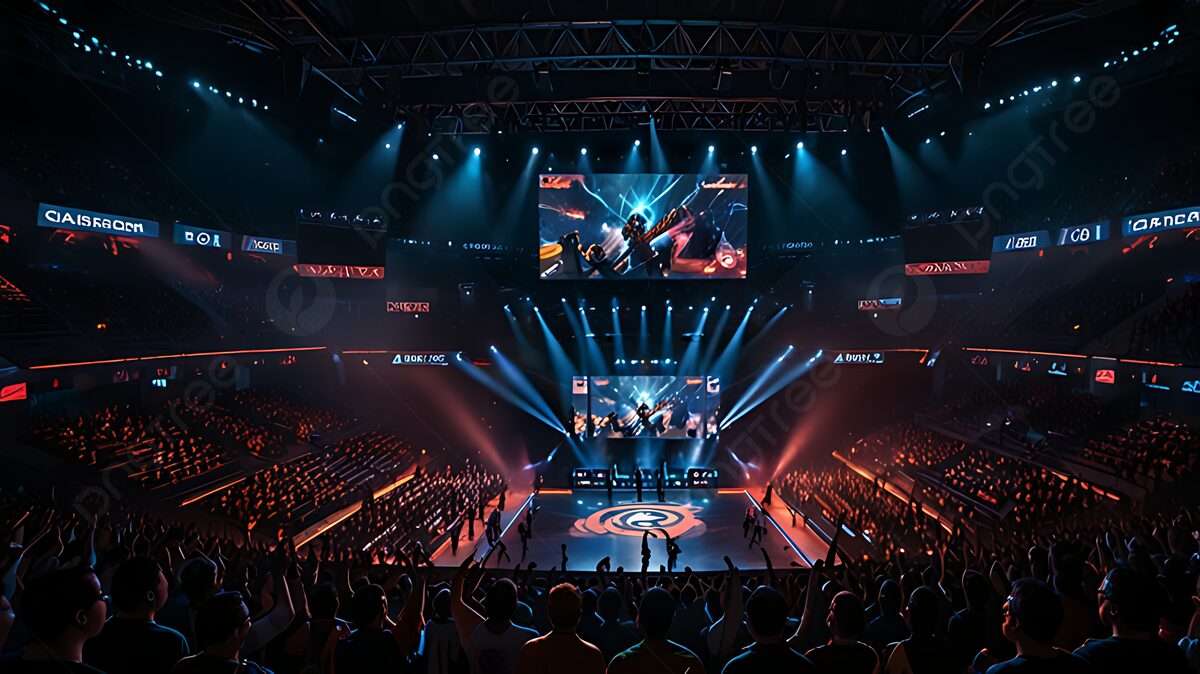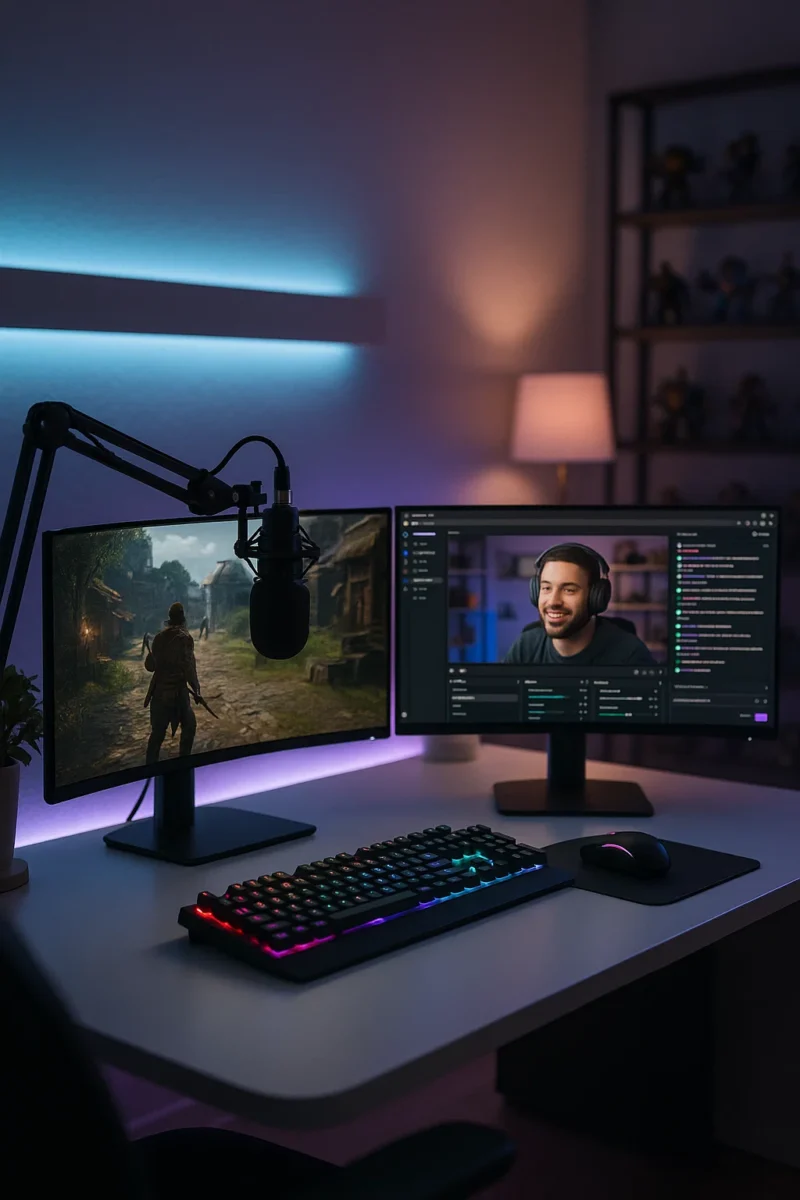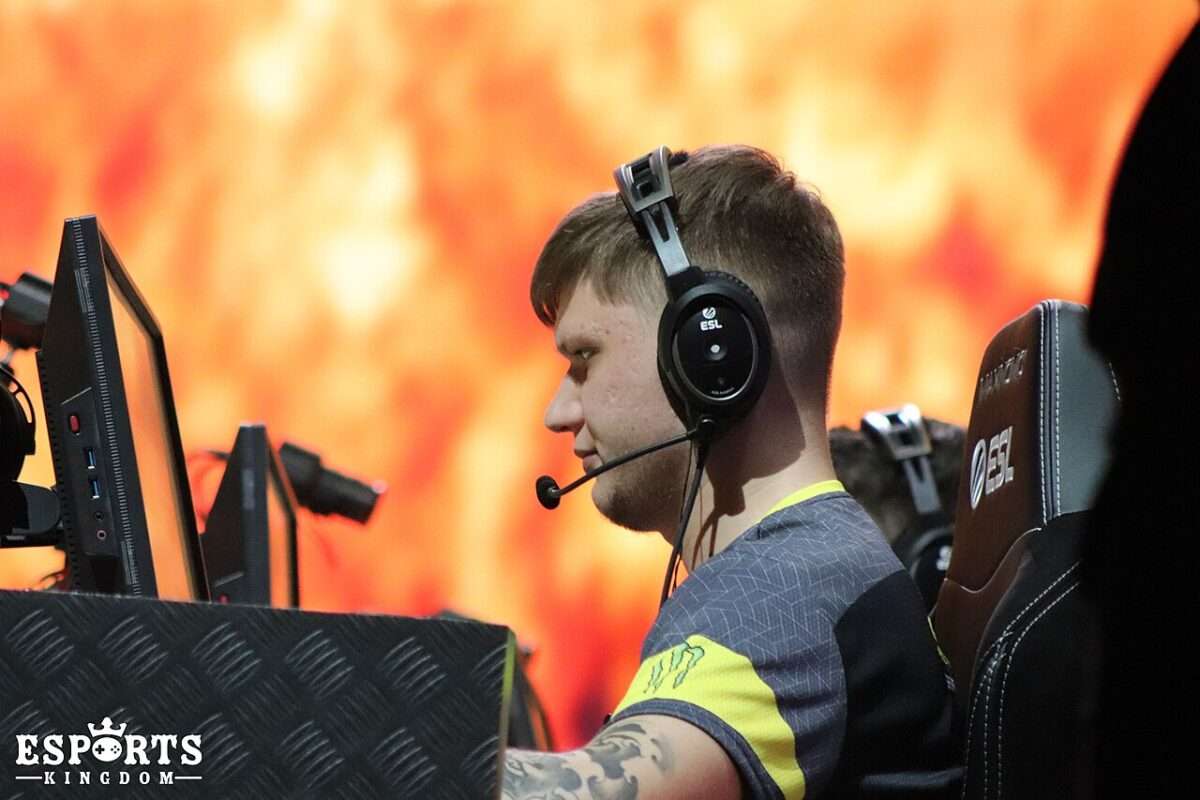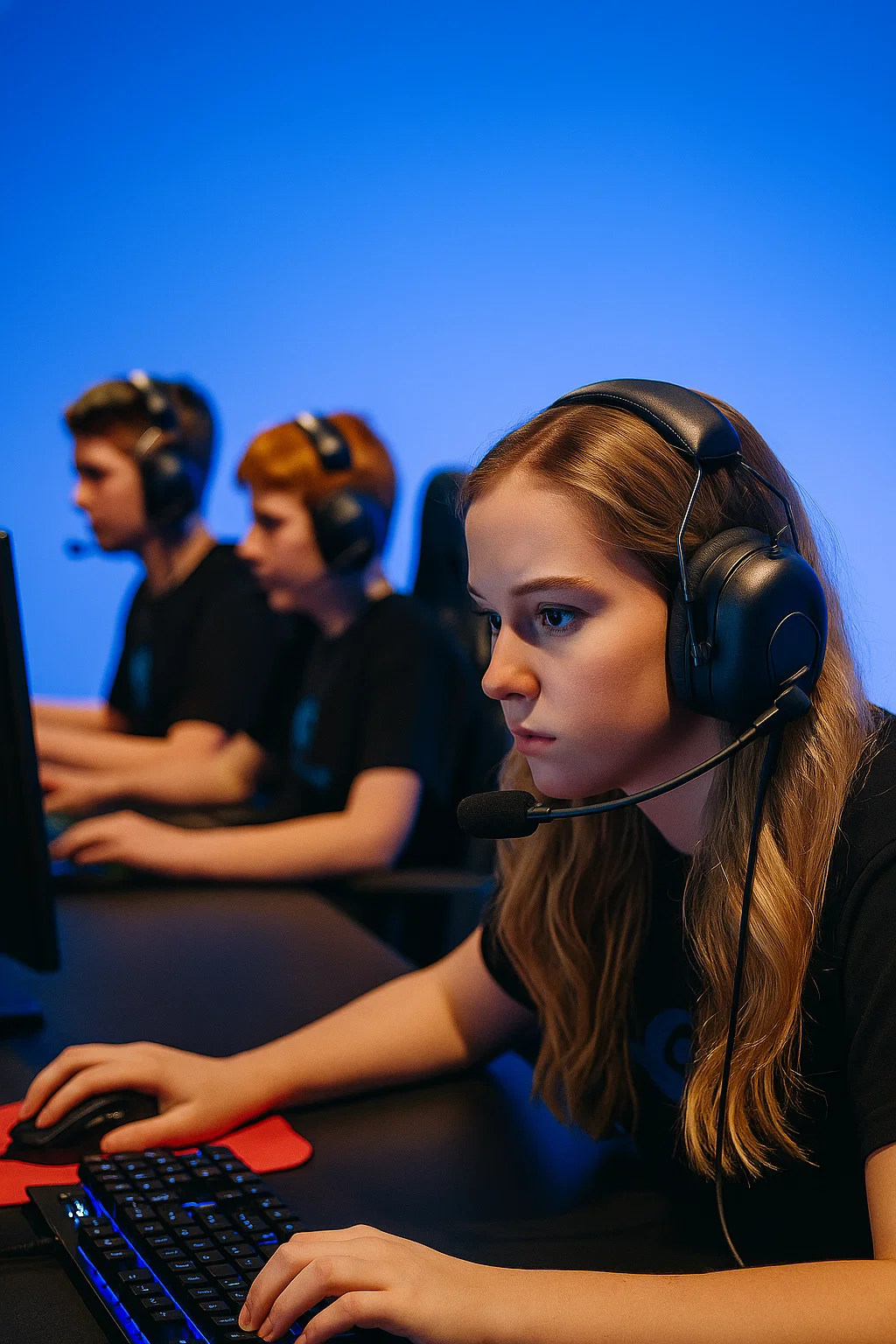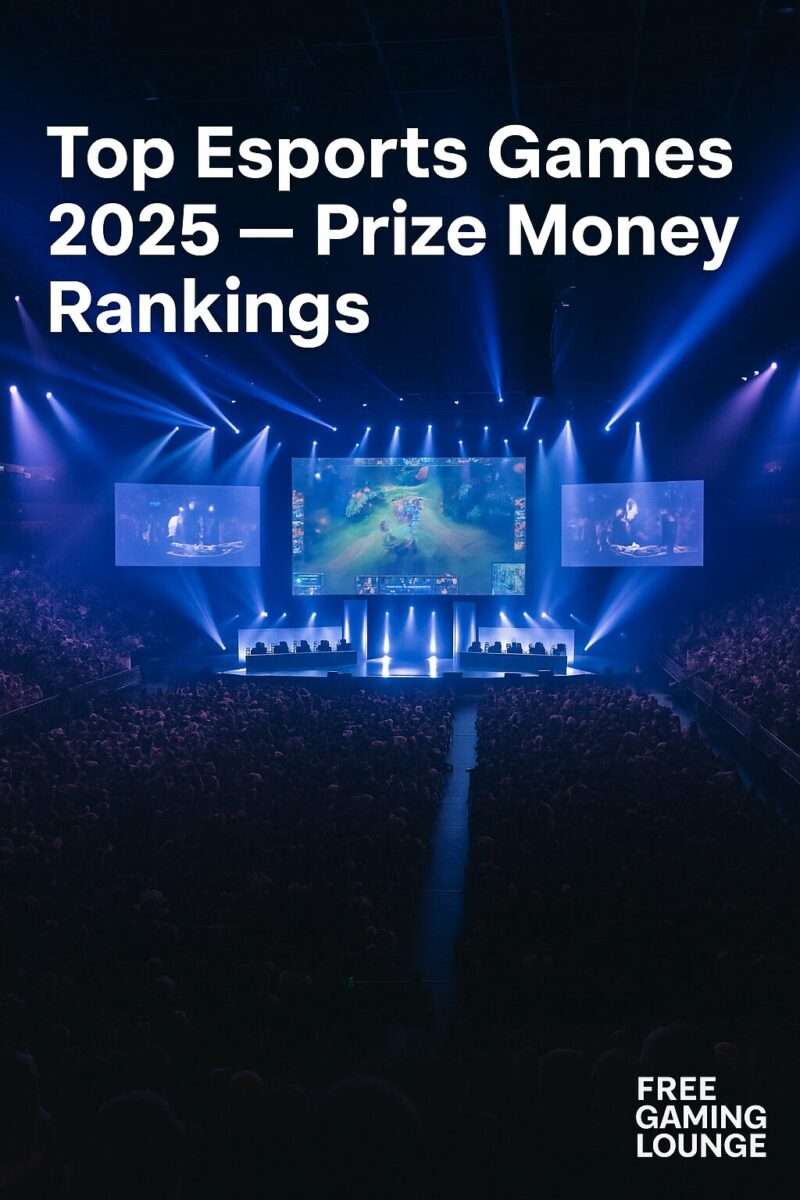
How Esports Teams Make Money (and Why It Matters to Players)
By Free Gaming Lounge • Last updated
How esports teams make money is one of the biggest questions new players, fans, and school clubs ask when they start taking competition seriously. Understanding where team revenue comes from explains salaries, roster moves, and why some titles attract sponsors. Use this neutral, evergreen breakdown.
Part of our Esports Hub — learn how to join a team and enter tournaments.
Quick Takeaways
- Sponsorships + media fund payroll; trophies don’t.
- Consistent content (shorts, streams, vlogs) raises sponsor value and player salaries.
- Prize money is volatile — treat as bonus, not budget.
- Stable leagues and regular events = better contracts and support staff.
For outside context on org valuations and the business side, see Forbes’ esports organizations list.
How Esports Teams Make Money: All the Revenue Streams
| Stream | How It Works | Stability | Who Benefits |
|---|---|---|---|
| Sponsorships & Brand Deals | Logos on jerseys/streams, content integrations, event segments, product bundles. | High (multiyear when brand fit is strong). | Org salaries, staff, facilities; sometimes player bonuses. |
| Creator Media & Content | Team YouTube/TikTok, player streams, sponsored challenges, docu-series. | Medium (viewership cadence matters). | Players (rev share), media staff, org margin. |
| Merchandise & Apparel | Jerseys, limited drops, collabs, peripherals. | Medium (launch spikes; needs brand heat). | Org revenue; player cuts on signatures. |
| League Revenue Share / Stipends | Some franchised leagues share media rights or skins revenue, or pay team stipends. | Medium–High (publisher/league policy dependent). | Org ops; indirectly supports player salaries. |
| Prize Winnings | Tournament payouts split by contract (players/org/coach). | Low (volatile; not for payroll). | Players first; org cut varies. |
| Transfer Fees & Buyouts | Selling player contract rights to another org. | Low–Medium (sporadic; title-specific). | Org cash; player signs a new deal. |
| Event Hosting & Camps | Show matches, creator events, bootcamps, paid clinics, VIP meetups. | Medium (logistics heavy; great for local brands). | Org revenue; player appearance fees. |
| Esports Facilities & Memberships | LAN centers, HQ tours, training memberships. | Medium when location works. | Org; local community engagement. |
| Equity & Strategic Investments | Raising capital; partnerships with media/tech/venues. | N/A (financing; not operating income). | Org runway; not direct player pay. |
Context: prize money grabs headlines, but sponsorships + media are the backbone. See current scale: Top Esports Prize Pools.
Deep Dive: How Esports Teams Actually Make Money
1) Sponsorships beat trophies
Brands pay for reach + credibility: jersey placement, broadcast mentions, creator videos, and live activations. Teams that bundle players and creators can guarantee deliverables regardless of match results — that’s what funds salaries.
2) Content turns rosters into media companies
Behind-the-scenes vlogs, challenges, tutorials, and shorts build recurring audiences. Ad revenue is smaller than sponsorships, but consistent content strengthens the pitch deck and raises player value.
3) League revenue share (when available)
Some franchised leagues share media/skin sales or pay team stipends. Policies vary by title and season; healthy leagues stabilize payrolls, unhealthy ones push teams back to sponsor-first models.
4) Prize money is a bonus, not a budget
Winnings are unpredictable and usually split with players first. Great for headlines; risky for planning. If you’re optimizing your career, aim for orgs with proven sponsor pipelines, not just recent trophies.
5) Merch and collabs need momentum
Apparel spikes around championships or creator moments. Signature collections work when a player is hot — but drops won’t fund salaries year-round without media and sponsor support.
Why How Esports Teams Make Money Matters to Players
- Salaries & stability: Teams with strong sponsor/media revenue pay on time and keep rosters longer.
- Contracts & buyouts: If an org invests in content + branding, your contract value rises (and so do buyouts).
- Role demand: IGLs, supports, and shot-callers often have better job security than raw aim alone.
- Personal brand: Streaming and social presence unlock personal sponsors and higher rev share.
- Support staff: Healthy budgets = coaches, analysts, sports psych, visas, bootcamps — all career multipliers.
Simple Benchmarks & Realities
- Players: Keep a cadence (2–3 shorts/week + 1 stream). Sponsors follow attention.
- Teams: If sponsor pipeline slows, double down on content — not endless tryouts.
- Titles: Stable leagues (clear calendars, big audiences) = better salaries; volatile titles = bigger trophy upside, worse security.
New to event formats or jargon? Keep our Esports Terms A–Z Glossary open while you read.
FAQ
How do esports orgs make money beyond prize pools?
Mainly through sponsorships, creator media, league revenue share (when offered), merch, events, and occasional transfers.
Do esports players get a cut of team sponsors?
Sometimes. Stars may have personal deals or revenue share. Many base contracts include only salary + prize split — read terms carefully.
Is prize money split evenly?
Most teams split among active players with an agreed org/coach cut. The exact % is contract-based and varies by team and region.
Which games are best for long-term careers?
Titles with large, stable audiences and frequent events support more sponsors and full-time roles. Check our prize-pool tracker as a rough proxy for current investment.
